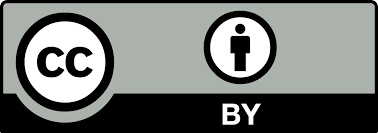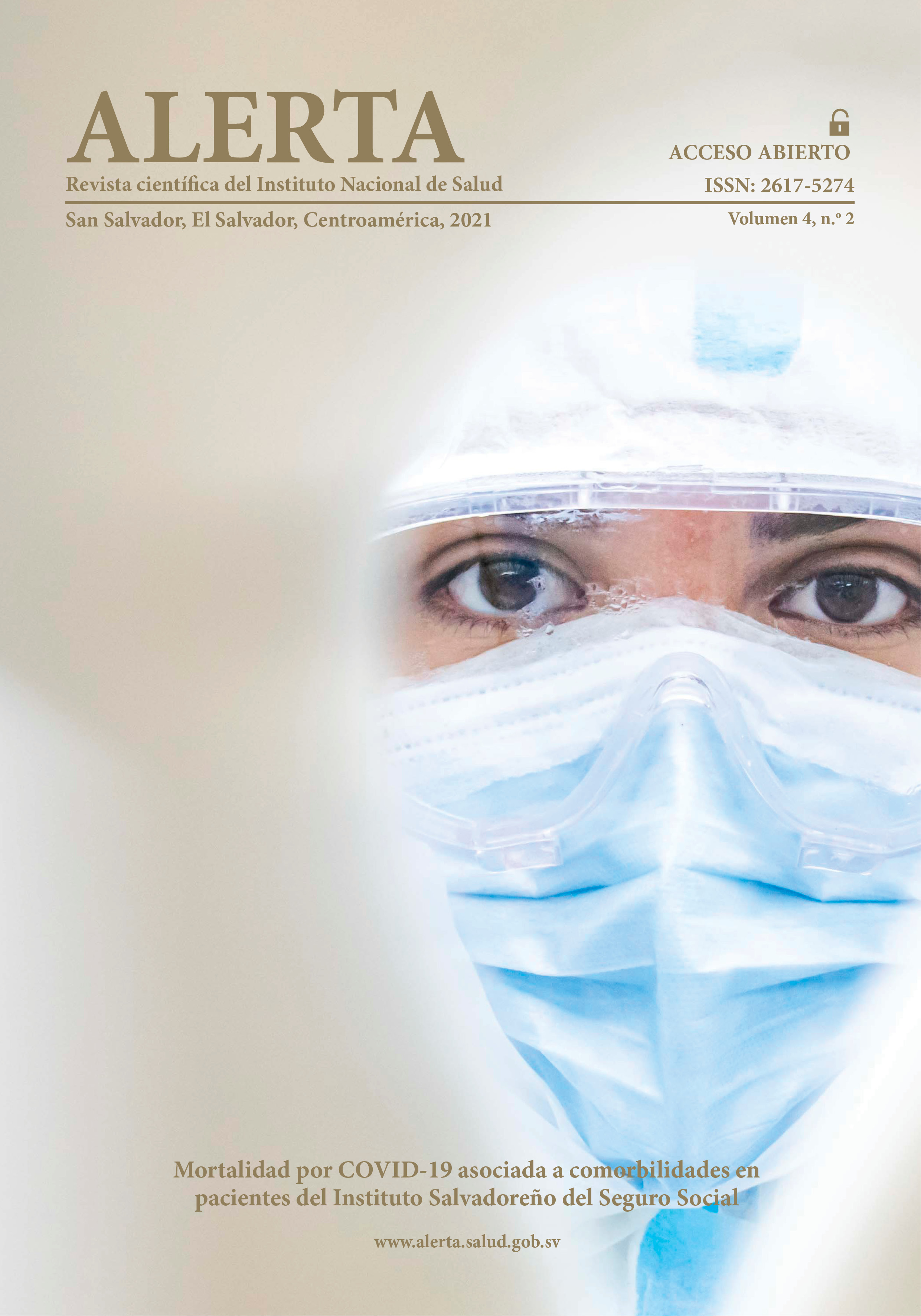La larga y dolorosa curva de aprendizaje sobre COVID-19
DOI:
https://doi.org/10.5377/alerta.v4i2.11451Resumen
«¡Salud!» «¡Que el Señor te proteja!»; el deseo que generalmente expresamos cuando alguien estornuda, se empezó a usar hace siete siglos, en 1384. En ese año, un estornudo podría representar un acto fisiológico sin trascendencia o el primer síntoma de la peste negra, que podría haber matado a la víctima en tan solo unos días. Aún ahora, experimentamos los efectos posteriores de esa pandemia, en la misma forma que los efectos posteriores de la COVID-19 nos afectarán en años futuros, comenzando por la frustrante experiencia de tener que estudiar y experimentar cómo luchar contra un virus totalmente desconocido en una lenta y dolorosa curva de aprendizaje.
Después de China, Italia fue el siguiente país afectado por el virus; tan solo en febrero de 2020, nuestro hospital de enseñanza identificó a una persona del sexo masculino con una frecuencia respiratoria mayor a 22, con cáncer como enfermedad comórbida, trombocitopenia y la proporción de presión arterial parcial de oxígeno/oxígeno inspirado fraccional menor a 260, siendo significativamente asociado a la posibilidad de una enfermedad severa 1. Se inició el estudio de terapias de apoyo, entre las cuales la más prometedora fue el uso de plasma hiperinmune, estudiado extensivamente en nuestro hospital con una eficacia probada2,. siempre que fuera usada en las etapas tempranas de la replicación viral, así como la dexametasona y los antígenos monoclonales, que resultaron totalmente ineficaces durante la subsecuente tormenta de citoquinas, presentes en los casos de mayor severidad. El panorama global ha cambiado radicalmente en tan solo un año. Por un lado, la aparición de las vacunas, por el otro las diversas variantes del virus, nos muestran que aún queda mucho por aprender en una curva de aprendizaje desalentadora que los 357 316 casos registrados en un día en India hacen particularmente doloroso3.
En cuanto a lo relacionado con la producción de vacunas, la producción total en marzo fue de 413 millones de dosis, mientras que el pronóstico para finales del año es de contar con 9,5 billones de dosis disponibles4. Su uso ha resultado ser seguro aun para personas con severas alergias a comidas, medicamentos orales, uso de latex y picaduras de avispas5.
Si bien, nuestro objetivo es vacunar a la mayor cantidad de personas posibles, todavía estamos en la curva de aprendizaje sobre la protección real de la vacuna. De acuerdo con ISARIC4C6, de los 99 445 pacientes hospitalizados por COVID-19, 3842 (7,3 %) han sido vacunados, de los cuales el 40 % desarrolló síntomas después de 0-7 días de haber sido vacunados y 19 % después de 8-14 días. Dado que el período promedio de
incubación para el SARS-CoV-2 es aproximadamente de 5 días, es probable que estos pacientes se hubieran infectado antes de que desarrollaran la inmunidad.
Estos datos justifican la necesidad de perseverar en el uso de equipo de protección personal, aun cuando no estamos seguros si estos deben ser usados en todo momento, aun cuando se esté al aire libre7 o después de haber sido vacunados. Por otro lado, se ha encontrado que una dosis de vacuna de COVID-19 m-RNA disminuye el riesgo hasta la mitad de que una persona transmita el SARS-CoV-2 a sus contactos más cercanos, de acuerdo con análisis de más de 365 mil hogares en el Reino Unido8.
La necesidad de acelerar la vacunación para detener la diseminación de las variantes del virus con mayor capacidad de transmisión, comparada con la inicial, se confirma por el aumento de casos en poblaciones
más jóvenes. La curva de aprendizaje se regresa a los niveles iniciales en cuanto a las variantes más habituales en siete países europeos, incluyendo Italia: la inglesa (B.1.1.7), la Sur Africana (B.1.351) la brasileña (P. 1). La variante inglesa es la más extendida, incluyendo la población más joven (19.4 % 0-19 años, 31.3 % 20-29 años, 32.0 % 40-59 años).
Representa un riesgo triple de hospitalización para el grupo de edad de 20-39 años y 2.3 veces más para el grupo de edad de 40-59, doblando el riesgo de necesitar cuidados intensivos para el grupo de edad de 40 599. Las investigaciones continúan y los tra bajos indexados en Medline bajo la palabra clave COVID-19, han alcanzado la increíble suma de 130 504 documentos. Aun cuando las investigaciones son bienes compartidos para la humanidad, no se puede decir lo mismo de las vacunas, que siguen estando protegidas por las patentes. En las palabras de Jeffrey Sachs, líder del Sistema de Redes del Desarrollo Sostenible, «Los beneficios de las vacunas mRNA… deberían ser accesibles globalmente y sin retraso; el conocimiento para producirlas debería ser compartido tan rápido y ampliamente posible.
Tenemos la capacidad de inmunizar a nivel global con el fin de salvar vidas, prevenir el surgimiento de nuevas variables y terminar con la pandemia. La propiedad intelectual debe estar al beneficio del bien común global, y no siendo al revés, que la humanidad esté al servicio de los intereses de pocas compañías privadas»10. En un mundo globalizado, en el que las fronteras no significan nada para el virus, no es posible continuar creyendo que se debe eliminar la pandemia en un país o en un solo continente, olvidándose de los demás. Tal como lo dijo el Papa Francisco, en la triste tarde del 27 de marzo de 2020 durante su bendición, Urbi et Orbi, bajo una gran tormenta en la plaza desierta de San Pedro: «solo podemos salvarnos juntos».
Descargas
544
Descargas
Publicado
Cómo citar
Número
Sección
Licencia
Declaración de privacidad:
Los artículos de Revista Alerta están publicados bajo una licencia creative commons 4.0 CC BY: https://creativecommons.org/licenses/by/4.0/

Los autores conservan todos sus derechos sobre la obra y acuerdan permitir que los artículos sean copiados y distribuidos por cualquier medio, siempre que se mantenga su autoría y reconocimiento de la publicación, sin otras restricciones adicionales.




